Edward Keedwell, Ajit Narayanan0470021756, 9780470021750, 9780470021767
Table of contents :
Intelligent Bioinformatics……Page 4
Contents……Page 8
Preface……Page 12
Acknowledgement……Page 14
PART 1 INTRODUCTION……Page 16
1.1 Basic cell architecture……Page 18
1.2 The structure, content and scale of deoxyribonucleic acid (DNA)……Page 19
1.3 History of the human genome……Page 24
1.4 Genes and proteins……Page 25
1.5 Current knowledge and the ‘central dogma’……Page 36
1.6 Why proteins are important……Page 38
1.7 Gene and cell regulation……Page 39
1.8 When cell regulation goes wrong……Page 41
1.9 So, what is bioinformatics?……Page 42
1.10 Summary of chapter……Page 43
1.11 Further reading……Page 44
2.2 Genome……Page 46
2.3 Transcriptome……Page 55
2.4 Proteome……Page 65
2.5 Interference technology, viruses and the immune system……Page 72
2.6 Summary of chapter……Page 78
2.7 Further reading……Page 79
3.1 Introduction to search……Page 80
3.2 Search algorithms……Page 81
3.3 Heuristic search methods……Page 87
3.4 Optimal search strategies……Page 91
3.5 Problems with search techniques……Page 98
3.6 Complexity of search……Page 99
3.7 Use of graphs in bioinformatics……Page 101
3.8 Grammars, languages and automata……Page 105
3.9 Classes of problems……Page 111
3.10 Summary of chapter……Page 113
3.11 Further reading……Page 114
PART 2 CURRENT TECHNIQUES……Page 116
4.1 Introduction to probability……Page 118
4.2 Bayes’ Theorem……Page 120
4.3 Bayesian networks……Page 126
4.4 Markov networks……Page 131
4.5 Summary of chapter……Page 140
4.6 References……Page 141
5.1 Introduction……Page 142
5.2 Nearest neighbour method……Page 145
5.3 Nearest neighbour approach for secondary structure protein folding prediction……Page 147
5.4 Clustering……Page 150
5.5 Advanced clustering techniques……Page 153
5.6 Application guidelines……Page 159
5.7 Summary of chapter……Page 160
5.8 References……Page 161
6.1 Method……Page 162
6.2 Gain criterion……Page 167
6.3 Over fitting and pruning……Page 172
6.4 Application guidelines……Page 175
6.5 Bioinformatics applications……Page 178
6.6 Background……Page 184
6.8 References……Page 185
7.1 Method……Page 188
7.2 Application guidelines……Page 200
7.3 Bioinformatics applications……Page 202
7.4 Background……Page 207
7.6 References……Page 208
8.1 Single-objective genetic algorithms – method……Page 210
8.2 Single-objective genetic algorithms – example……Page 217
8.3 Multi-objective genetic algorithms – method……Page 220
8.4 Application guidelines……Page 222
8.5 Genetic algorithms – bioinformatics applications……Page 225
8.7 References and further reading……Page 232
PART 3 FUTURE TECHNIQUES……Page 234
9.1 Method……Page 236
9.2 Application guidelines……Page 245
9.3 Bioinformatics applications……Page 247
9.5 Summary of chapter……Page 251
9.6 References……Page 252
10.1 Method……Page 254
10.2 Application guidelines……Page 260
10.3 Bioinformatics applications……Page 262
10.4 Background……Page 266
10.6 References and further reading……Page 267
11.1 Method……Page 270
11.2 Neural-genetic algorithm for analysing gene expression data……Page 271
11.3 Genetic algorithm and k nearest neighbour hybrid for biochemistry solvation……Page 277
11.4 Genetic programming neural networks for determining gene – gene interactions in epidemiology……Page 280
11.6 Conclusions……Page 283
11.8 References and further reading……Page 284
Index……Page 286
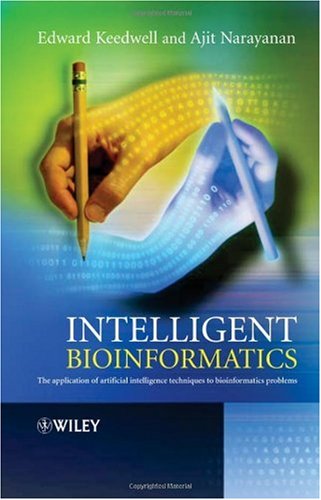
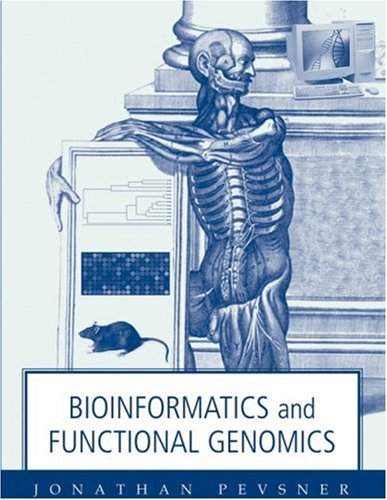
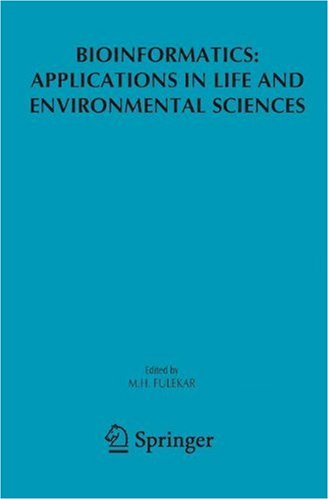

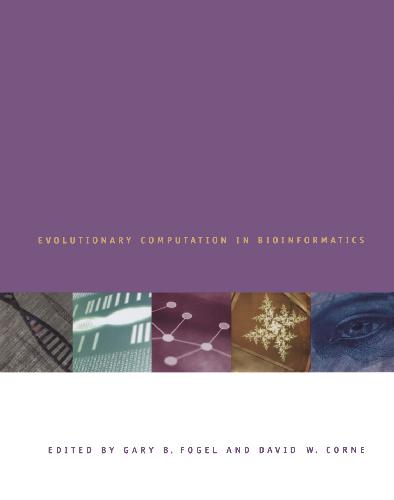

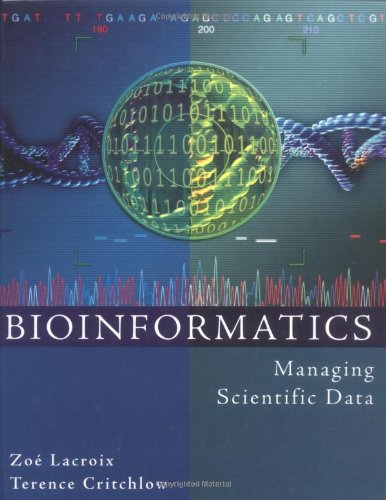
Reviews
There are no reviews yet.